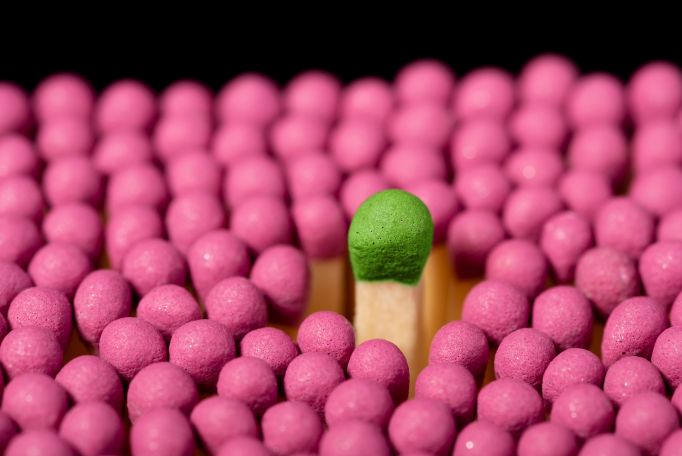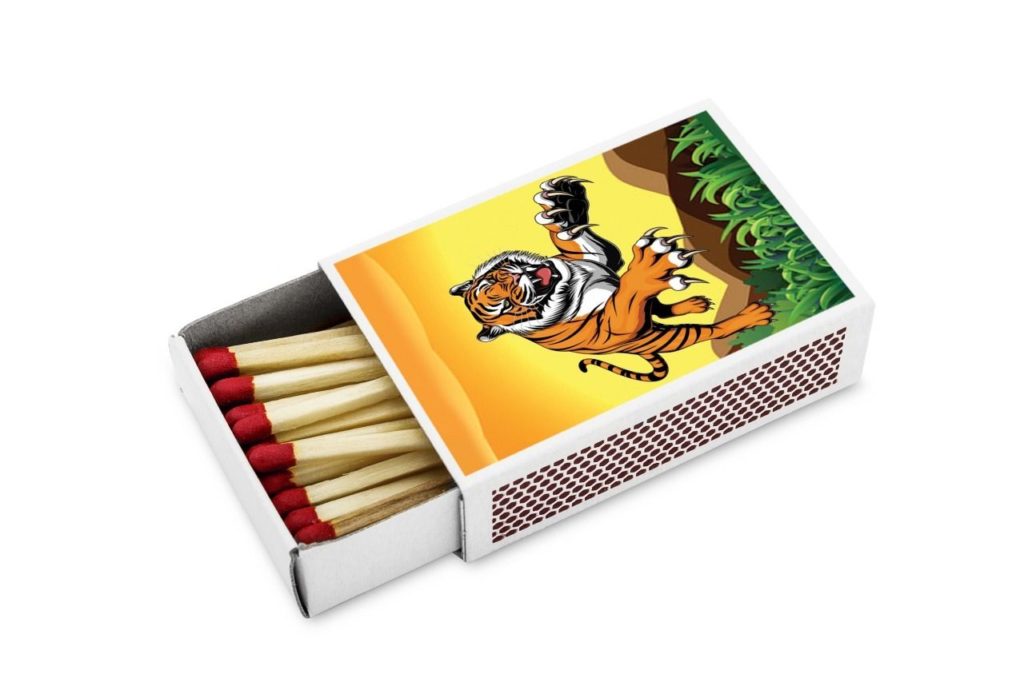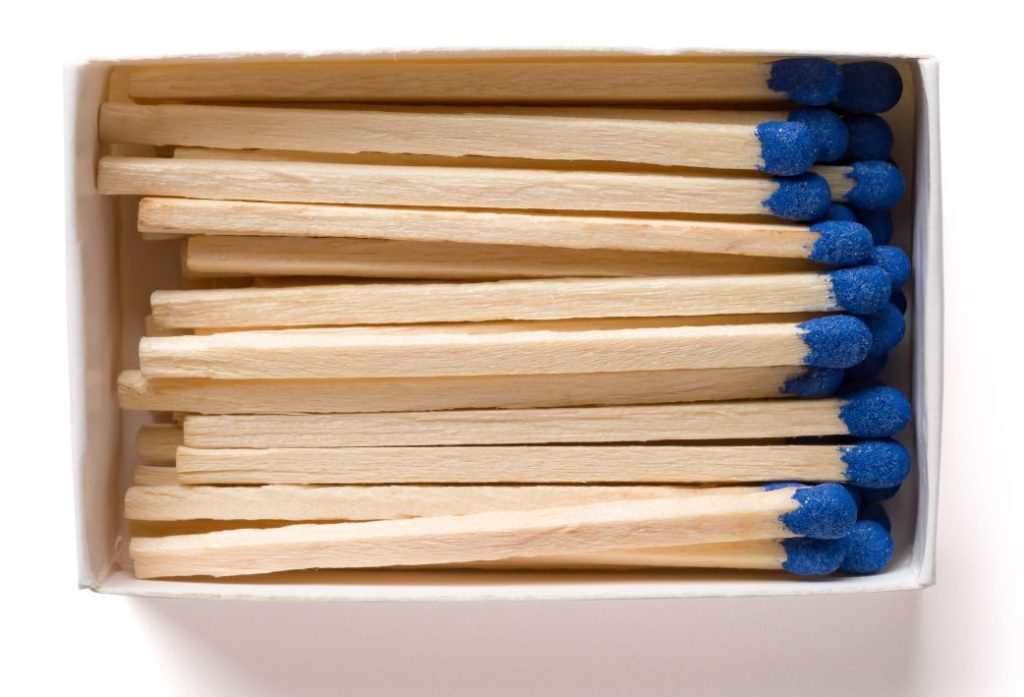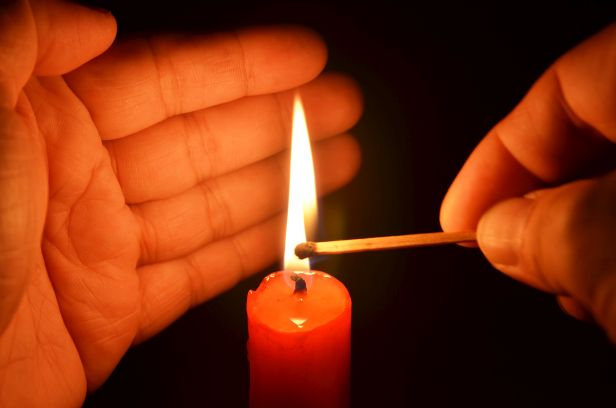Safety Matches Manufacturer
Safety Matches are made up of a piece of wood or cardboard glued with flammable chemicals on one end. When the chemicals come in contact with rough surfaces, they ignite and create a small flame. A strike-anywhere match is one that can be ignited anywhere. A safety match will, however, only light if it is struck against a specific chemical compound. Sadruddin Safety Matches is a leading manufacturer and exporter of Pakistan Safety Matches. Read this article to learn about safety matches manufacturing.
Safety Matches: History
Our use of fire changed profoundly with the introduction of Safety matches. Modern human civilization underwent a number of changes as a result of the ability for everyone to make fire instantly and to transport it.
Various methods of igniting the flames and chemical ingredients were used in the discovery of Safety matches over a long period of time. A single match design emerged as a winner after a long period of innovation. “Safety matches” was invented by Swedish chemist Gustaf Erik Pasch in the 1800s, and popularized during the second half of the 1800s by John Edvard Lundström.
Our Safety Matches Manufacturing Process
Our safety matches manufacturing process involves several steps. A wooden-stick match is made first by cutting, preparing, and storing the match sticks. Long perforated belts are used to insert matchsticks when needed. The product passes through several chemical tanks, is dipped in them, and dries, before packaging.
Raw Material to manufacture Safety Matches
Raw materials are the starting point of the manufacturing process for safety matches. Pellets are formed from raw materials, which are pressed into matchsticks. Wood is the most common material used to make matchsticks. Striking must be done with wood that can absorb pressure. A porous material is also needed to absorb chemicals when they are treated. Matchsticks are typically made from pine trees and aspens.
1. Matchsticks – cutting
In order to safety matches manufacturing, the matchsticks must first be cut. To do this, we use a machine called a “matchstick cutter”. A matchstick cutter is basically a metal blade that cuts the matchsticks at a 45-degree angle. We then place them into a container where they are treated with a chemical solution to remove any remaining wood fibers. After this treatment, the matchsticks are placed into a drying chamber to dry out completely before being packaged.
2. Treating the Matchsticks
After the matchsticks have been dried, they are ready to be treated. The matchsticks are put into a tank filled with chemicals that react with the wood fibers. These chemicals dissolve the wood fibers and make the matchsticks easier to ignite. Once the matchsticks are treated, they are removed from the tank and placed into a second tank containing water. The water helps wash away any leftover chemicals.
3. Match head formation
Once the matchsticks have been washed, they are ready to go onto the production line. Here, the matchsticks are formed into matchheads. Matchheads are the small pieces of wood that hold the match together. The matchsticks are stacked on top of each other and pressed down with a hydraulic press. This forms the matchhead shape.
4. Packaging the Safety Matches
Once the matchheads are formed, they are placed into containers and labelled. Each container holds about 100,000 matchsticks. When the containers are full, they are sealed and shipped off to customers around the world.
Conclusion
Compared with manual safety matches manufacturing processes, matchboxes have gone through a great deal of automation. It is now considered a large industry to manufacture Safety matches. As far as all safety aspects are concerned, Sadruddin safety matches meet international standards. It is not only the Safety matches that are of high quality but also the packaging. Strong heads make the sticks easy to handle. Our safety matches are shipped throughout Europe, where the highest quality and safety standards are of the utmost importance.






